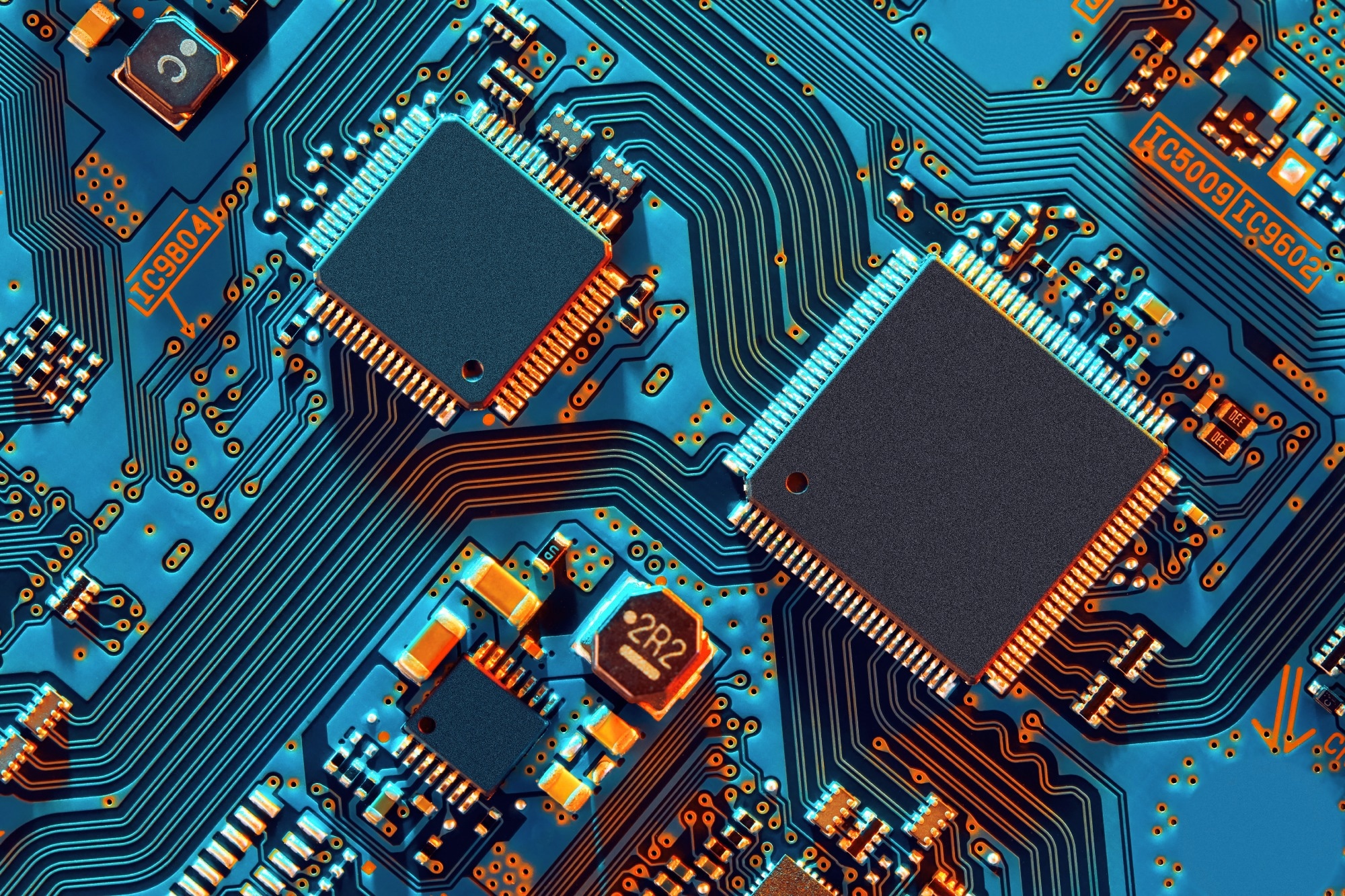Flexible semiconductors are crucial for future wearable electronics technologies, but their integration into complex architectures has been problematic. In a recent study published in Advanced Electronic Materials, scientists from Japan have reportedly found a simple method for producing high-quality soft semiconductors for sophisticated electrical circuits.

Image Credit: raigvi/Shutterstock.com
The basic elements of modern integrated circuit technology are called complementary metal oxide semiconductor (CMOS) circuits. Silicon is the semiconductor component used in the majority of modern CMOS technology.
The development of soft, flexible, polymer-based semiconductors, however, has received a lot of attention because future CMOS circuits may need to, for instance, adapt to the shape of a body or integrate into clothing. Several technical obstacles must be addressed before such semiconductors, particularly n-type ones that allow eclectrons to flow, can be integrated into CMOS circuitry.
Creating high-quality, layer-by-layer structures, for instance, which are critical for CMOS device operation, is time-consuming and difficult. The question that the researchers from the Nara Institute of Science and Technology (NAIST) attempted to answer was how to solve these obstacles.
Ideally, one would be able to deposit polymer films onto liquid substrates for ease of transfer to any other substrate. Our strategy offers superior control over the resulting semiconductor film morphology, which is critical to the electrical properties, compared with conventional solution processing.
Manish Pandey, Study Lead Author, Nara Institute of Science and Technology
This work is based on the transfer of the unidirectional floating film. A solvent-dissolved polymer can be added dropwise over a liquid substrate that does not dissolve the polymer, forming a one-dimensional floating polymer film.
When the solvent evaporates, the polymer molecules orient perpendicular to the length direction of the film. The electrical characteristics of the polymer film are optimized by this molecular shape. Once the film has solidified, it can be easily transferred to another substrate, for example, for layer-by-layer deposition.
We prepared an n-channel transistor that exhibited nearly no threshold voltage, which is important for maintaining power efficiency. By using our approach, preparing and integrating n-channel as well as p-channel transistors into one device—based on flexible semiconductors—should be straightforward.
Masakazu Nakamura, Study Senior Author, Nara Institute of Science and Technology
This study was successful in producing one-dimensional polymer-based semiconductor films at a low cost that is easy to repeat. The polymer film assembly process developed by the NAIST researchers will be valuable in expanding the possibilities of flexible electronics and aiding in the quest for silicon substitutes in future wearable CMOS technology.
Journal Reference:
Pandey, M., et al. (2022) Unidirectionally Aligned Donor–Acceptor Semiconducting Polymers in Floating Films for High-Performance Unipolar n-Channel Organic Transistors. Advanced Electronic Materials. doi.org/10.1002/aelm.202201043.
Source: http://www.naist.jp/en/